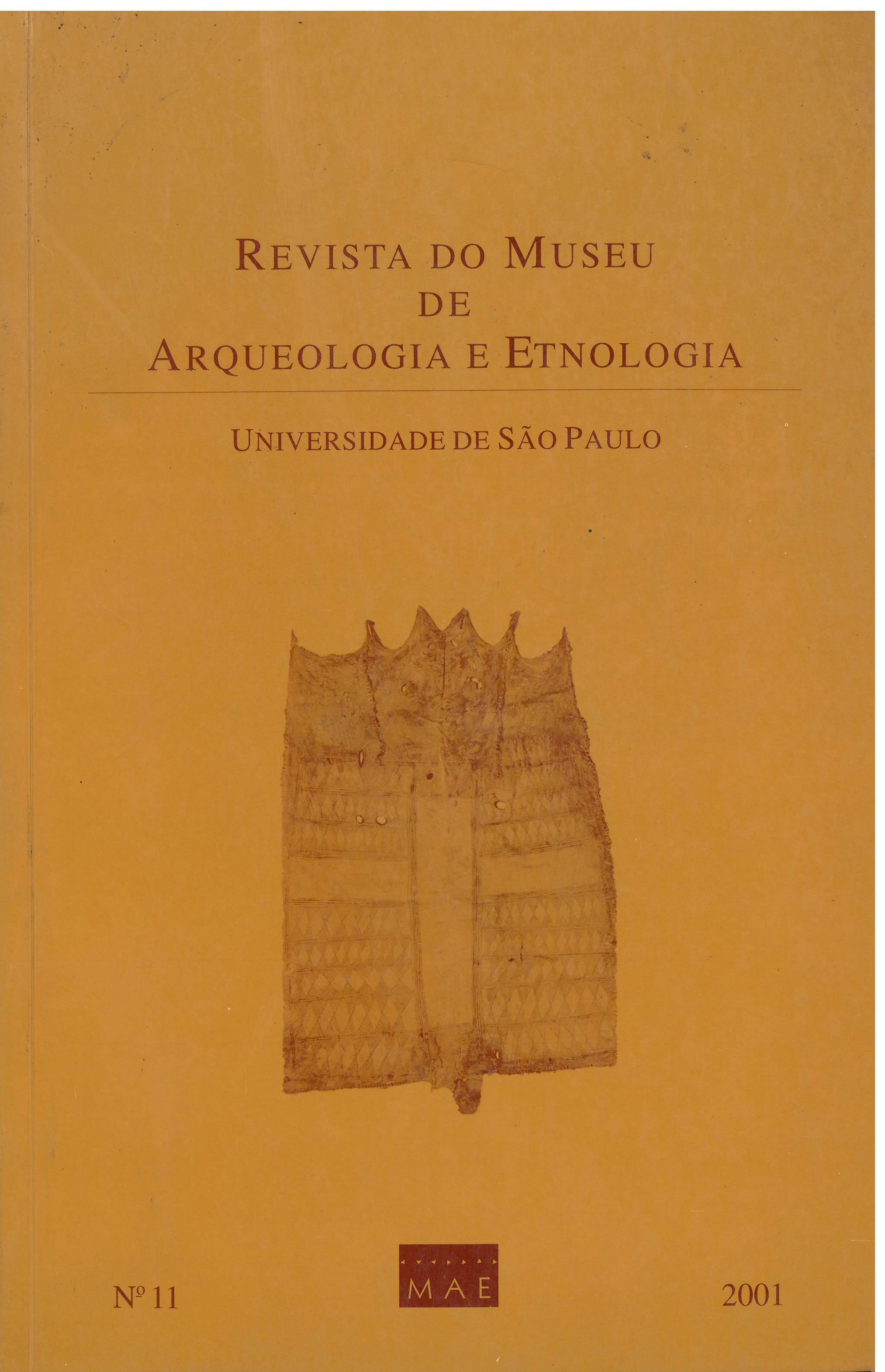Plant anatomy and palaeoethnobotany at Santa Elina shelter (Jangada, MT, Brazil).
DOI:
https://doi.org/10.11606/issn.2448-1750.revmae.2001.109417Keywords:
Plant fibers - Palaeoethnobotany, archaeobotany - Aristolochia, Aristolochiaceae - Plant anatomy, wood anatomy, fiber balls, ravel.Abstract
Santa Elina shelter is located at Jangada County, Mato Grosso State at the North of Paraguay basin, Western Brazil. It is formed by a limestone folding and reveals sediments from the last 6,000 years. Those sediments are very rich in plant vestiges very well preserved comprising wood pieces, charcoal, plant organs and fibers. Ravel like artifacts formed by plant fibers were analyzed by standard plant anatomy methods and identified by comparison to a reference collection and stems from herbaria. The fibers have been identified as stem parts from Aristolochia, probably A. esperanzae O. Kuntze, Aristolochiaceae. Many species of Aristolochia, called “snakeroof ’ are referred as medicinal plants all around the world. They are used for many medical purposes and suggested as snake repellents and snake bites remedy. The occurrence of Aristolochia in the archaeological site suggests presence of forests and palaeoecological conditions similar to our timeDownloads
Download data is not yet available.
Downloads
Published
2001-12-16
Issue
Section
Articles
License
Copyright (c) 2001 Gregorio Cardoso Tápias Ceccantini, Luciana Witovisk Gusselia

This work is licensed under a Creative Commons Attribution-NonCommercial-NoDerivatives 4.0 International License.
How to Cite
CECCANTINI, Gregorio Cardoso Tápias; GUSSELIA, Luciana Witovisk. Plant anatomy and palaeoethnobotany at Santa Elina shelter (Jangada, MT, Brazil). Revista do Museu de Arqueologia e Etnologia, São Paulo, Brasil, n. 11, p. 189–200, 2001. DOI: 10.11606/issn.2448-1750.revmae.2001.109417. Disponível em: https://www.journals.usp.br/revmae/article/view/109417.. Acesso em: 15 may. 2024.













